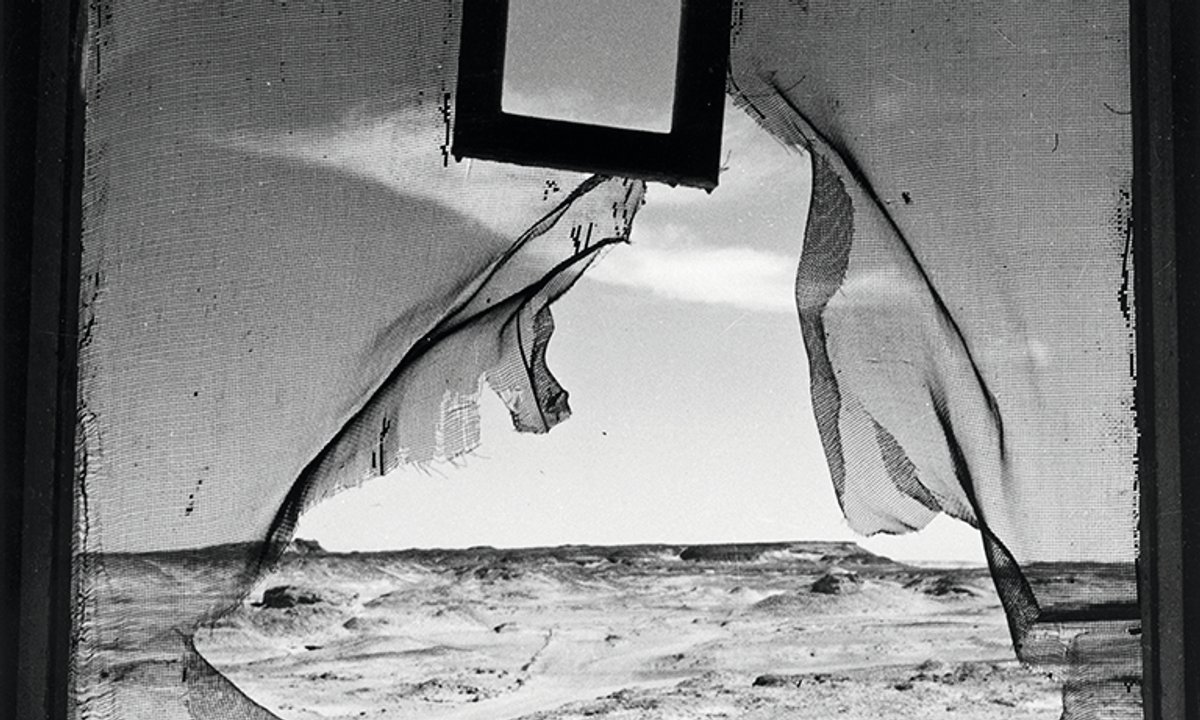
"In art and in life, the American photographer Lee Miller (1907-77) was a free spirit. A key figure in the Surrealist movement, her trailblazing work slipped between art, fashion and reportage. She was the original model-turned-photographer, working for Condé Nast on both sides of the lens, posing regularly for Edward Steichen and George Hoyningen-Huene before deciding she "would rather take a picture than be one", according to one of the many legends that cling to her memory."
"Miller sought out Man Ray in Paris to be her mentor and they became lovers and collaborators. She was a muse to Pablo Picasso, and appeared in Jean Cocteau's classic of avant-garde cinema, The Blood of a Poet (1930). She lived in New York, Paris, London and Cairo before putting down roots in East Sussex with her second husband, the artist Roland Penrose."
Lee Miller combined roles as model, muse, photographer and wartime correspondent, moving fluidly between Surrealism, fashion and reportage. She transitioned from modeling for Condé Nast and posing for influential photographers to studying with Man Ray, collaborating and forming intimate relationships with major avant-garde figures. She appeared in experimental cinema, lived in major cultural centers including New York, Paris, London and Cairo, and settled in East Sussex with artist Roland Penrose. She documented wartime Europe, photographing the liberation of Paris and Nazi concentration camps, and staged a notorious self-portrait in Adolf Hitler's bath. Questions about myth versus artistic legacy have influenced how her work is presented.
Read at The Art Newspaper - International art news and events
Unable to calculate read time
Collection
[
|
...
]